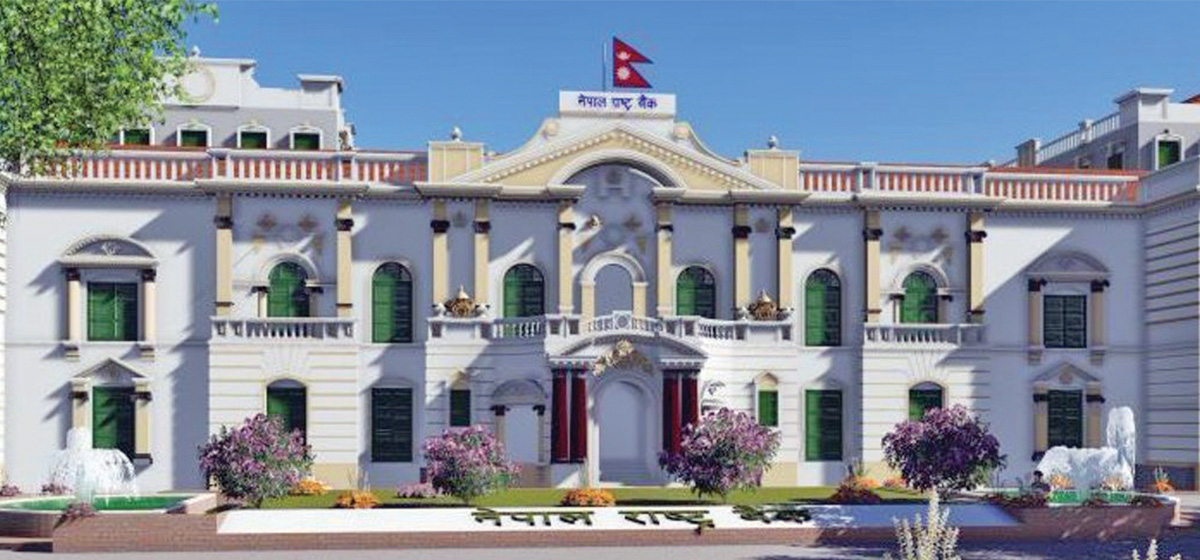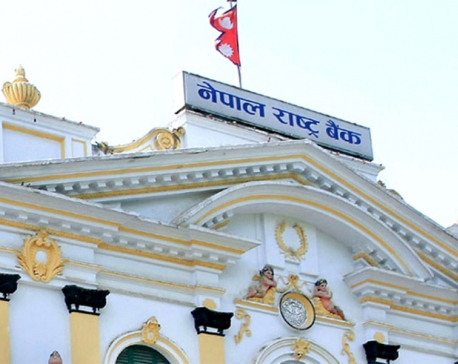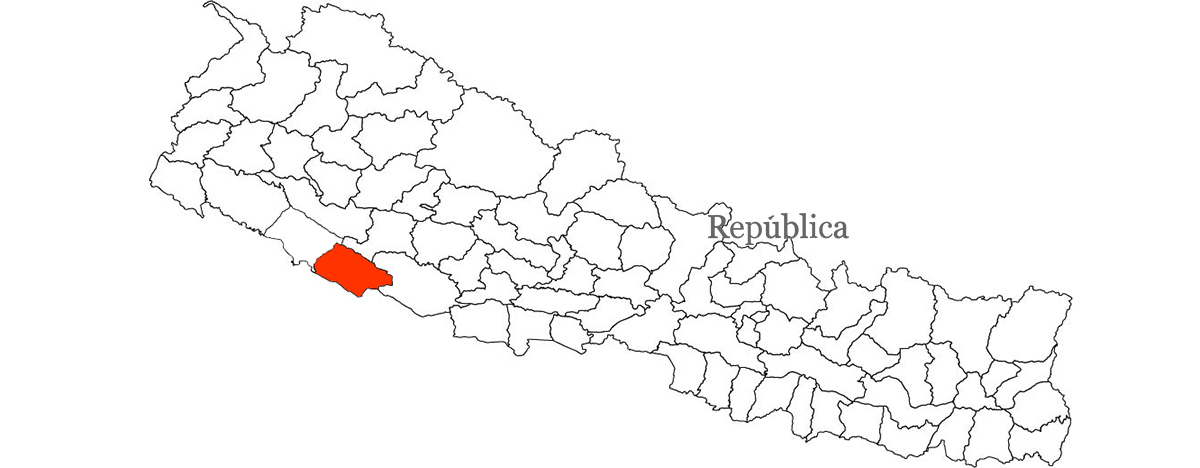
OR
Foreign exchange reserves adequate to support commodity imports for over 11 months
Published On: June 10, 2023 11:36 AM NPT By: Republica | @RepublicaNepal

KATHMANDU, June 10: While the foreign exchange reserves were under pressure in the past, the last few months have seen gradual improvement in the volume of the country’s foreign exchange reserves.
According to the data released by Nepal Rastra Bank (NRB) on Friday, the foreign exchange reserves have increased to Rs 1.48 trillion in the first 10 months of the current financial year. According to Nepal Rastra Bank, if the import of 10 months of the financial year 2022/23 is taken as the base, the foreign exchange reserves held by the banking sector can support imports of commodities for 11.2 months.
The total foreign exchange reserves which were equal to Rs 1.22 trillion at mid- July 2022 increased by 20.9 percent in 10 months and reached Rs 1.48 trillion till mid May, 2023. Such reserves in US dollars were 9.54 billion at mid-July 2022, and increased by 17.6 percent to $11.21 billion at mid-May, 2023.
According to Nepal Rastra Bank, there has been a significant improvement in the balance of payments. Compared to the amount going out of the country, the money coming in has reached the highest level in 23 months.
According to NRB, the balance of payments has reached Rs 2.14 trillion by mid-May. In the past, after the government imposed a complete ban on the import of some items and arranged a mandatory cash margin during the import, there has been gradual improvement. But now the import ban has been lifted.
Likewise, the foreign remittance inflow increased by 23.4 percent and reached Rs 1.06 trillion during the review period. Remittance inflows increased by 0.5 percent over the same period last year. Remittance inflows in US dollars increased by 13.4 percent to Rs 7.7 billion. In the previous year, such flow had decreased by 1.2 percent.
During the review period, the number of Nepalis who took final labor approval (institutional and individual-new) for foreign employment increased by 51.4 percent and reached 421,279.
Similarly, the number of Nepalis who renewed their labor permits for foreign employment increased by 3.7 percent during the review period and reached 238,976. This number increased by 185.5 percent during the same period of the previous year. During the review period, net transfer increased by 22.5 percent and reached Rs 1.11 trillion. Such transfers increased by 0.3 percent during the same period last year.
Similarly, in 10 months, the government's current account is in deficit, while the balance sheet is in surplus. According to the Macro-Economic and Financial Situation Report of the country up to mid- May, the current account is in deficit by Rs 54.67 billion. During the same period last year, the current account was in deficit by Rs 545 billion. According to the NRB, the current position is Rs 2.15 trillion in surplus. During the same period of the previous year, the balance sheet was at a loss of Rs 2.88 billion.
During the review period, the government's capital transfer decreased by 20.5 percent to Rs 6.36 billion, while the net foreign direct investment was only Rs 4.36 billion. In mid-May,2022, Nepal took a subsidized loan of Rs 6.88 billion (US$ 50.27 million) from the International Monetary Fund (IMF) under the 'Extended Credit Facility' (ECF) in the second installment.
In 10 months, the total export of goods decreased by 24.5 percent and remained at Rs 1.30 trillion. During the same period of the previous year, such exports had increased by 59.8 percent. Depending on the destination, exports to India have decreased by 33.6 percent, while exports to China and other countries have increased by 116 percent and 8.2 percent, respectively. On a material basis, exports of zinc seats, particle boards, cardamom, woolen carpets, polyester yarns and other goods have increased, while exports of soybean oil, palm oil, cotton, cloth, gold, silver goods and jewelry have decreased.
You May Like This

Foreign exchange reserves exceeds Rs 1.8 trillion
KATHMANDU, Feb 6: The country's foreign exchange reserves have exceeded Rs 1.816 trillion ... Read More...

Foreign exchange reserves increase by 6.7 percent in 3 months
KATHMANDU, Nov 10: The country's foreign exchange reserves have increased by 6.7 percent in three months. ... Read More...

NRB turns flexible on imports; raises the limit of foreign currency to $60,000 from $50,000 for a single transaction
KATHMANDU, Aug 7: Nepal Rastra Bank (NRB) has increased the ceiling on use of foreign currency on imports to US $60,000... Read More...






Just In
- 265 cottage and small industries shut down in Banke
- NEPSE lost 53.16 points, while investors lost Rs 85 billion from shares trading last week
- Rainbow tourism int'l conference kicks off
- Over 200,000 devotees throng Maha Kumbha Mela at Barahakshetra
- Indians vote in the first phase of the world’s largest election as Modi seeks a third term
- Kushal Dixit selected for London Marathon
- Nepal faces Hong Kong today for ACC Emerging Teams Asia Cup
- 286 new industries registered in Nepal in first nine months of current FY, attracting Rs 165 billion investment





_20220508065243.jpg)






Leave A Comment